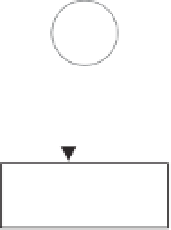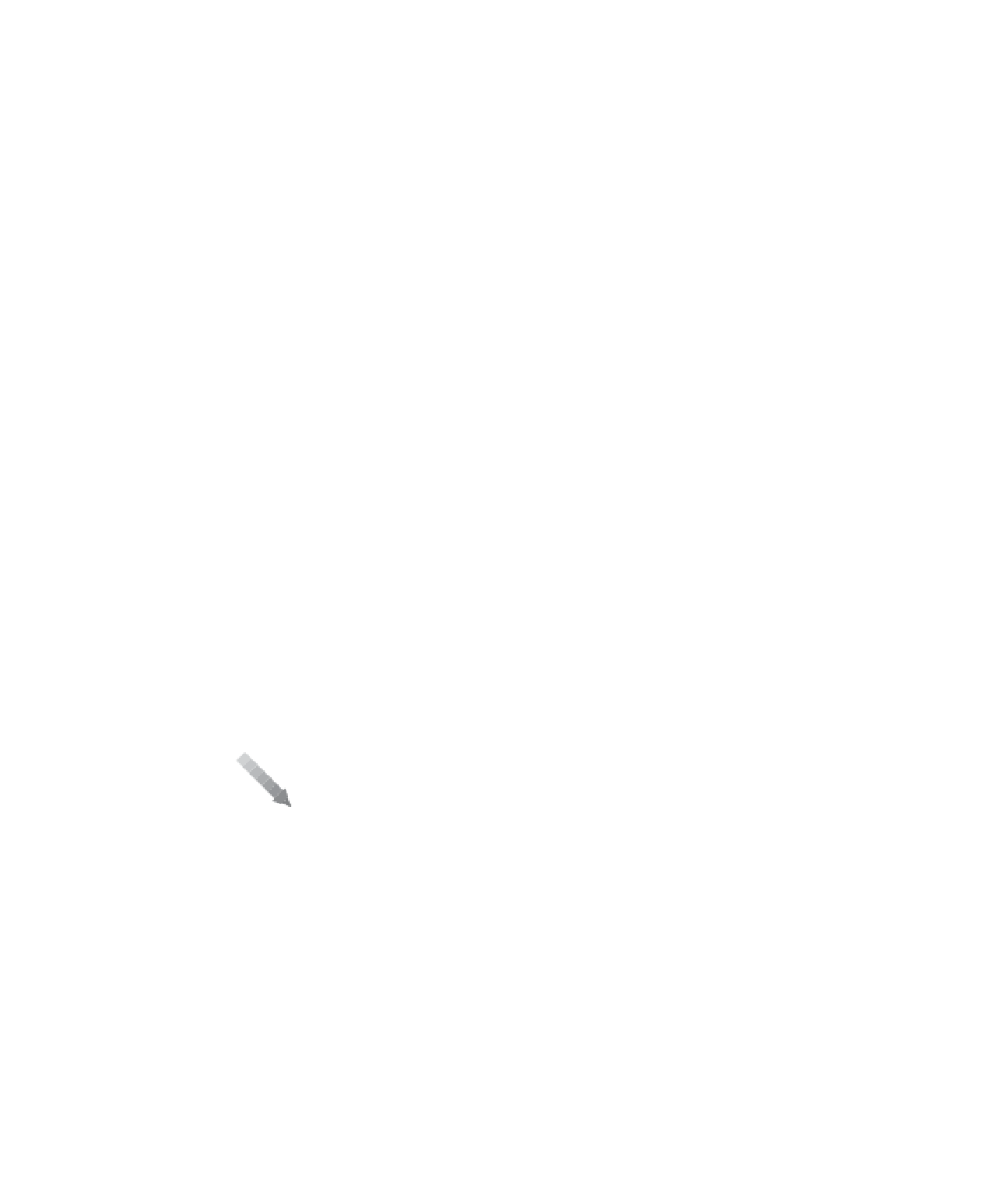Environmental Engineering Reference
In-Depth Information
hypothesis
(Hall
et al
. 1976) and (2) the
cascading trophic
interactions hypothesis
(Carpenter & Kitchell 1992 ).
These two hypotheses, but especially the latter, eluci-
date ecosystem functioning and structure, and inter-
trophic feedback effects. Whereas the fi rst hypothesis
enhances our insight into the fi sh - zooplankton
dynamics (i.e. fi sh tend to prey on large-bodied zoo-
plankton), the trophic cascade hypothesis shows how
intertrophic effects cascade down the food chain. In
other words:
Piscivorous fi sh
↓
Planktivorous fi sh
↓
Zooplankton
↓
Algae
clarity and promote diverse biological communities
(Jeppesen & Sammalkorpi 2002). In shallow lakes, the
development of macrophytes is the most striking side
effect of these changes in the food chain. The macro-
phytes compete for nutrients with phytoplankton and
further limit the latter's growth during spring and early
summer, leading to clear water. Biomanipulation is
applied as an ecological restoration method in which the
strategy is to induce a drastic reduction of the fi sh stock.
For shallow lakes, application of biomanipulation is
based essentially on the knowledge that top-down
manipulations in the food web, especially reduction
of planktivorous fi sh biomass, can lead to desirable
changes at lower trophic levels. The theory relies on the
hypothesis of
alternative stable states
: a turbid state
dominated by phytoplankton blooms, and a clear state
dominated by macrophytes (Scheffer
et al
. 1993 ; Moss
1998; see also Chapter 6). There is ample evidence to
support the existence of alternative stable states in
lakes (Gulati & van Donk 2002), but it is important to
recognize that the
hysteresis
effect (see section
18.3.1) retards recovery or restoration from a turbid to
a clear state. For a lake to shift from a turbid state to a
clear-water state, substantial reductions of the plank-
tivore and bottom-dwelling benthivore fi sh stocks are
needed before macrophytes can establish and multiply.
In short, the lake food web is infl uenced by nutrient
inputs (bottom-up control) on the one hand, and zoo-
plankton grazers and predatory fi sh (top - down control)
on the other (Figure 18.6). Intense predation by pisci-
vorous fi sh will lead to a decrease in the biomass of
planktivorous fi sh and an increase in that of larger zoo-
plankters, especially
Daphnia
spp. These changes cause a
reduction of phytoplankton biomass, improve water
Reduction,
removal
Restocking
PLANKTIVORES:
FISH
Predation
Predation
Inoculation?
Piscivores
Bioturbation
S
Refuges
Limitations
Zooplankton
LIGHT
Macrophytes
Shading
Uptake
Reduction
in inflows
Grazing
Competition
Interference,
toxicity
ALGAE
Nutrients
N, P
Uptake
Figure 18.6
A simplifi ed diagram of top-down and bottom-up control measures in the food web of shallow lakes. Nutrient
reductions in the infl ows and major biomanipulation measures are indicated with arrows. (From Gulati and van Donk 2002.)


















